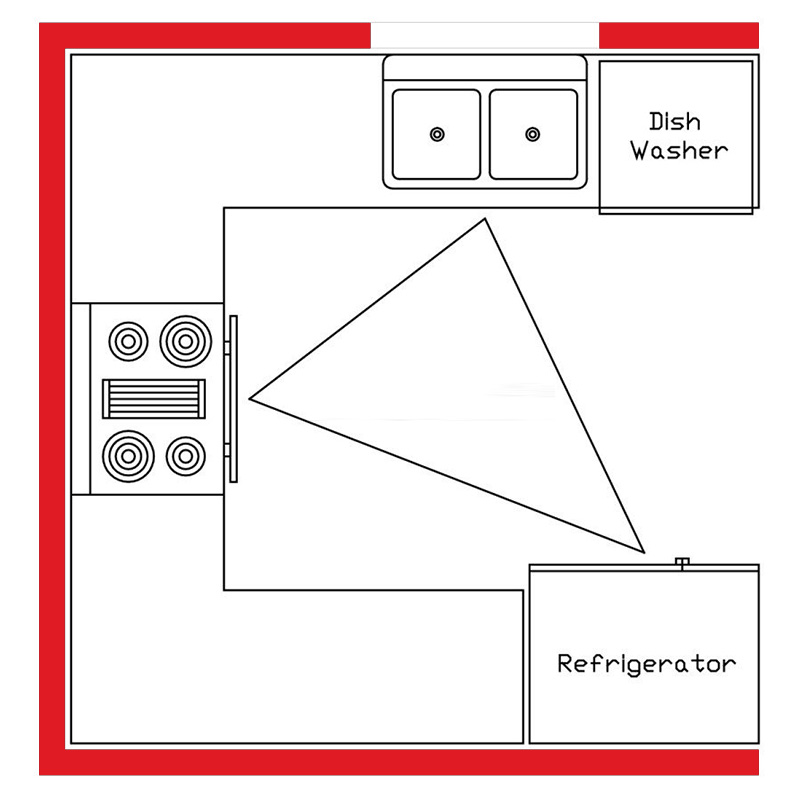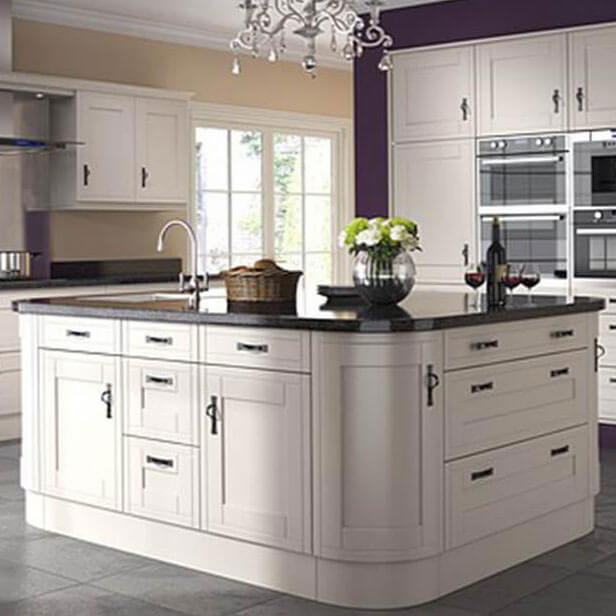What is the Working Triangle in the Kitchen & Is It Still Relevant?
The concept of the working triangle in the kitchen has been a fundamental principle in kitchen design for decades.
It refers to the spatial relationship between the three primary work areas in the kitchen: the fridge, the sink, and the hob.
This triangular layout aims to make cooking and cleaning processes as efficient as possible by minimising unnecessary movement.
However, with the evolution of kitchen designs, particularly with the rise of modern open-plan kitchens and larger kitchen spaces, the question arises: is the working triangle still current?
Understanding the Working Triangle
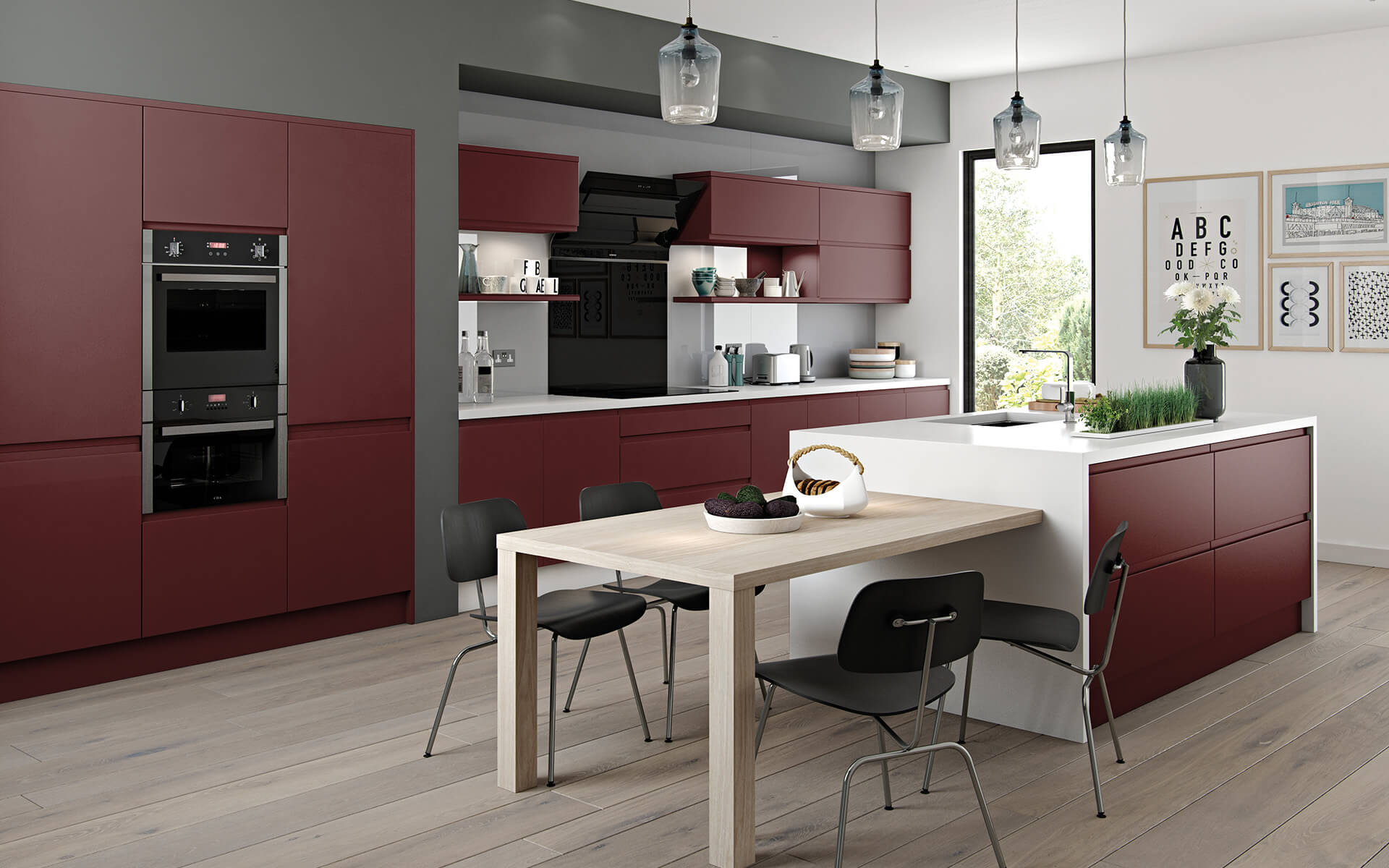
The working triangle concept originated in the early 20th century, a time when kitchen efficiency studies were first being undertaken.
The idea was simple: by placing the main work areas no more than a few steps apart, one could significantly reduce the effort required to prepare meals.
Each point of the triangle represents one of the three key kitchen functions: storage (fridge), cooking (hob), and cleaning (sink).
Efficiency and Flow
The primary aim of the working triangle is to create a kitchen layout that facilitates an efficient workflow.
It allows the cook to move quickly and easily between tasks without obstructions. Ideally, the sum of the three sides of the triangle should not exceed 26 feet, with each leg measuring between 4 and 9 feet.
This ensures that the kitchen functions are close enough to be convenient but far enough apart to avoid crowding.
Modern Kitchen Designs and the Working Triangle
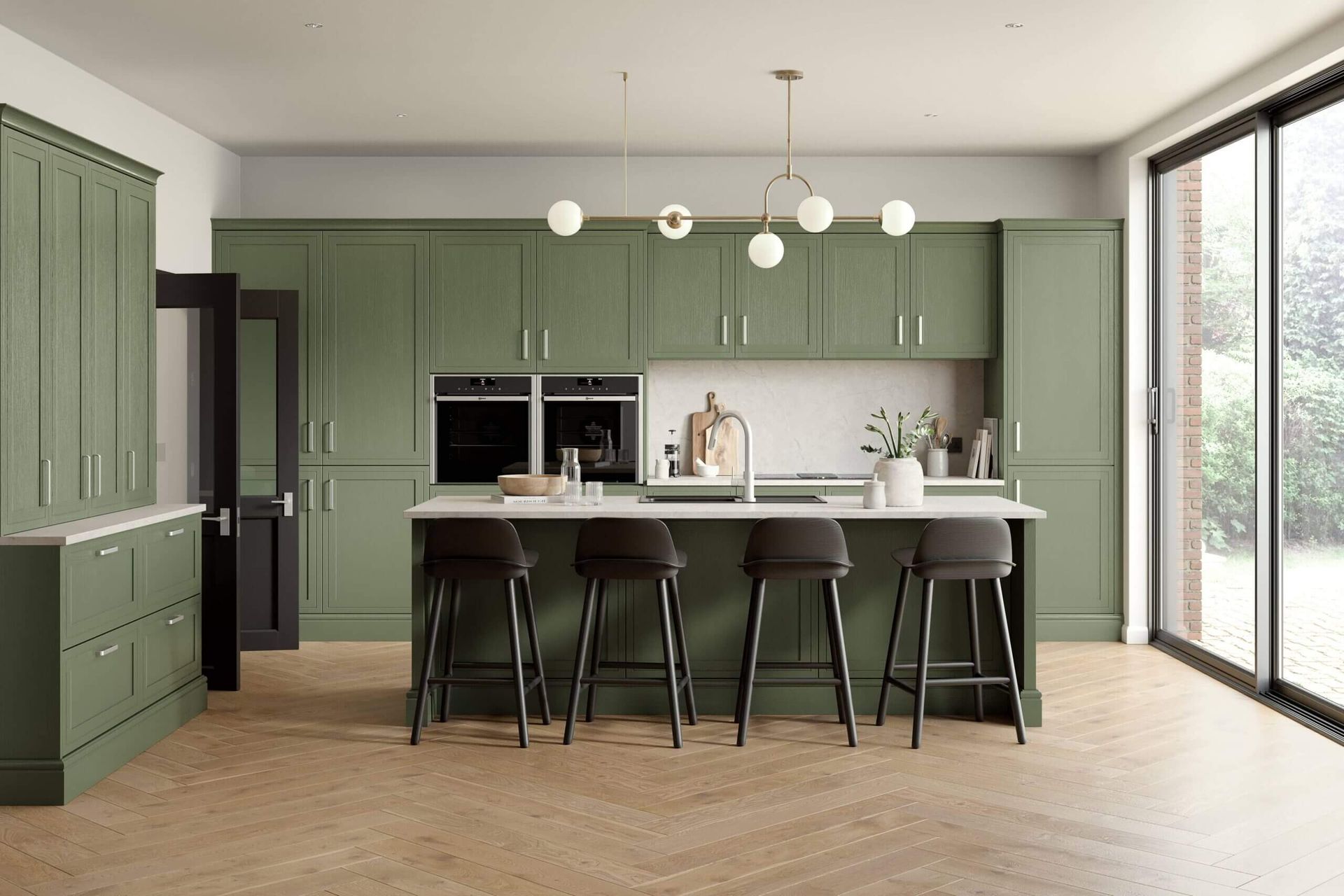
The Rise of Open-Plan Kitchens
In recent years, there has been a significant shift towards open-plan living, which has fundamentally changed how kitchens integrate into homes.
Kitchens are no longer just places for cooking; they have become central hubs for dining, entertaining, and socialising.
This shift has necessitated a revaluation of the working triangle, as the traditional layout may not fit seamlessly into the broader living space.
Larger Kitchen Spaces
Alongside the popularity of open-plan layouts, kitchens have generally become larger.
This increase in size offers more flexibility in where appliances and work areas can be placed but also challenges the traditional working triangle concept.
Larger kitchens may require additional work zones or multiple working triangles to maintain efficiency, especially in households where more than one person cooks at the same time.
Adapting the Working Triangle to Contemporary Needs
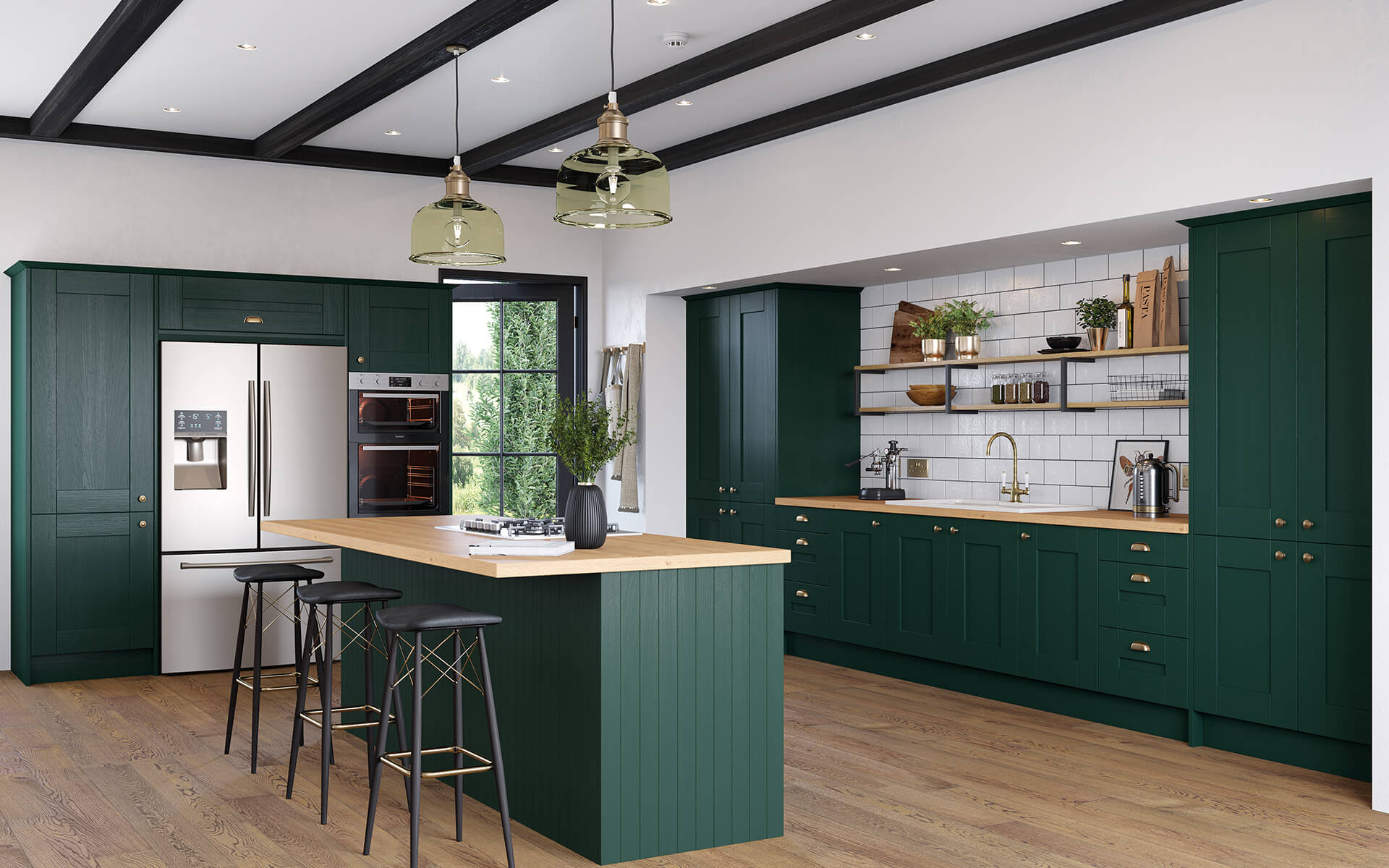
Despite these changes, the underlying principle of the working triangle—creating an efficient work area—remains highly relevant. However, its application has evolved.
Multiple Work Zones
Modern kitchens often incorporate multiple work zones to cater to the diverse functions the space now serves.
Apart from the traditional cooking, cleaning, and storage areas, many kitchens now include areas for baking, entertaining, and even working from home.
These expanded functions can lead to the creation of several overlapping triangles or more complex shapes that better reflect the flow of movement in today's kitchens.
The Work Rectangle and Beyond
In larger kitchens or those with an open-plan design, a rectangular or zone-based layout may be more practical than a traditional triangle.
This approach can accommodate additional appliances, such as secondary sinks or dishwashers, and allows for the inclusion of kitchen islands, which have become a staple in modern kitchen design.
Is the Working Triangle Still Relevant?
Yes, the working triangle remains a valuable concept in kitchen design, but its application must be adapted to fit the modern home.
It serves as a starting point for efficient kitchen layouts but is no longer a one-size-fits-all solution.
The essence of the working triangle—minimising unnecessary movement to increase efficiency—remains crucial, but designers now consider additional factors, such as the kitchen's role as a social space and the need for multiple cooks to work simultaneously.
Embracing Flexibility
The key to a successful modern kitchen design lies in flexibility.
Designers must balance the traditional principles of the working triangle with the demands of contemporary living.
This might mean creating adaptable spaces that can change according to the task at hand, incorporating mobile kitchen islands, or designing adjustable storage solutions.
Personalisation and Technology
As kitchens continue to evolve, so too does the technology within them.
Smart kitchen appliances and systems offer new ways to streamline cooking and cleaning processes, further enhancing efficiency.
Personalisation also plays a significant role, with kitchen designs increasingly tailored to the specific needs and habits of their users.
This bespoke approach allows for a more nuanced application of the working triangle principle, ensuring that the layout works for the individual's cooking and living style.
Conclusion
While the traditional working triangle has undergone significant changes to adapt to modern kitchen designs, its core principle remains as relevant as ever.
The challenge for designers and homeowners alike is to reinterpret this concept in a way that reflects the evolving role of the kitchen in the home.
By embracing flexibility, personalisation, and the integration of technology, it is possible to create efficient, functional, and welcoming kitchens that meet the needs of today's households.
The working triangle, therefore, continues to be a foundational element in kitchen design, even as it evolves to meet the demands of the 21st century.
Discuss your kitchen triangle with one of the Better Kitchens team, we're here to help!

